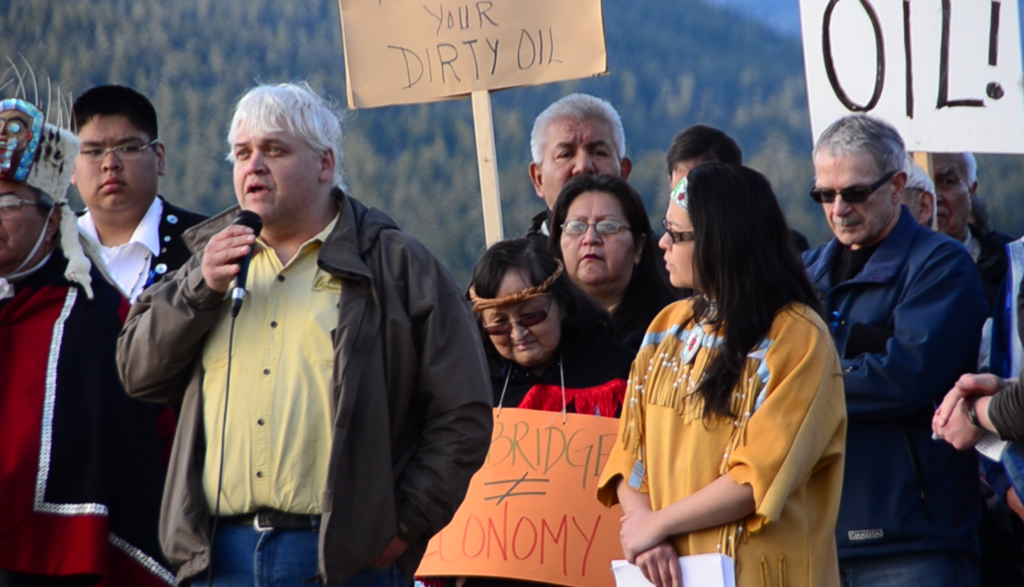More than a half century ago, the oil industry’s top lobbyist warned his peers of the potentially “catastrophic consequences” of burning fossil fuels, consequences that are already starting to unfold as historic heat scorches Siberia and bakes the Middle East this summer. Extreme heat is among the deadliest consequences of global warming, and a new study tallies just how deadly it could become if climate pollution continues unabated.
Rising temperatures will rank among the world’s most severe public health threats, on par with or even eclipsing infectious diseases, by century’s end unless the world rapidly slashes greenhouse gas emissions.
That’s according to a study published August 3 in the National Bureau of Economic Research by scientists with the Climate Impact Lab, a collaboration that analyzes the “real-world costs of climate change.”
“Our data indicate that with the continued growth of greenhouse gas emissions, the temperature effects of climate change are projected to be five times deadlier than recent U.S. flu seasons. In poor hot countries, the heat may be even more threatening than cancer and heart disease are today,” Michael Greenstone, the Milton Friedman Distinguished Service Professor in Economics at the University of Chicago and a study co-author, said in a summary of the research.
The research team projects that, under a high emissions scenario, the worldwide mortality rate stemming from global warming will reach 73 deaths per 100,000 people in 2100. That level is roughly equal to the current combined death rate for all infectious diseases — including tuberculosis, HIV/AIDS, malaria, dengue, yellow fever, and diseases transmitted by ticks, mosquitos, and parasites (approximately 74 deaths per 100,000 globally).
This study’s comparison to death rates from infectious diseases used existing data from the World Health Organization and did not include the novel coronavirus that has so far killed almost 700,000 people worldwide. A spokesperson for Climate Impact Lab told DeSmog that researchers “projected an annual change in death rate,” and that annual data is not yet available for COVID-19.
As the world experiences record hot temperatures, a new study from the Climate Impact Lab shows that, in 2100 under continued high emissions, the global death rate from heat is projected to surpass the current death rate of all infectious diseases combined https://t.co/iVVtyaCRRH
— Climate Impact Lab (@impact_lab) August 3, 2020
The study accounted for factors like climate adaptations (such as indoor heating and cooling systems) and income, finding that deaths from extreme heat are expected to be higher in poorer regions of the world that lack resources to adapt to rising temperatures. In the poorest countries most exposed to extreme heat like Bangladesh, Ghana, Pakistan, and Sudan, climate change could be responsible for an additional 200 or more deaths per 100,000 by the end of the century.
“The data show that poor communities don’t have the means to adapt, so they end up dying from warming at much higher rates,” Tamma Carleton, an assistant professor at the Bren School of Environmental Science and Management at the University of California, Santa Barbara and a study co-author, said in summary of the research.
Fossil Fuel Industry Knew the Risks of Rising Temperatures
Oil and gas companies whose products emit globe-warming greenhouse gases were well aware of the risks of rising temperatures directly linked to their products decades ago, internal documents reveal. The head of the American Petroleum Institute — the largest trade association for the U.S. oil and gas industry — warned in 1965 that “time is running out” to stave off “catastrophic consequences” of global warming pollution.
In 1979 an internal Exxon memo on the impact of climate change from fossil fuels warned, “The potential problem is great and urgent,” and included an appendix outlining consequences of increasing CO2 (the main greenhouse gas emitted from burning fossil fuels). Another Exxon internal memo, this one from Exxon scientist Roger Cohen on August 18, 1981, stated that is it “distinctly possible” that global warming could “produce effects which will indeed be catastrophic (at least for a substantial fraction of the earth’s population).”
In 1988 Shell produced a “confidential” report titled “The Greenhouse Effect” that detailed likely consequences of climate change including rising temperatures, and the report even projected that some areas of the world would become less habitable. That same year, 1988, an Exxon memo also titled “The Greenhouse Effect” noted that climate models “predict a 1.5°C to 4.5°C global temperature increase in 100 years.” Yet “Exxon’s position,” as revealed in that memo, was to “emphasize the uncertainty in scientific conclusions regarding the potential enhanced greenhouse effect.”
Exxon and industry peers did just that, pushing the uncertainty angle even as climate science became more robust and the risks of inaction grew.
A 1996 Exxon document outlined a presentation that Exxon Biomedical Sciences’ D. J. Devlin gave to an industry group created to discredit climate science called the Global Climate Coalition. That document attacked the science (what Exxon called the “Advocates’ Hypothesis”) on likely human health impacts of climate change. One of those impacts noted in the document is “suffering and death due to thermal extremes.”
1996 Exxon presentation “Purported Impact of Climate Change on Human Health” (Text)
Suffering and death from extreme heat is no longer a hypothesis or potential impact but rather a reality, as a robust body of research shows. The new Climate Impact Lab study reveals how much worse that reality could become under a very high emissions scenario, which is not yet locked in. But if the world fails to change course in time, the risks of this reality will grow even starker as children alive today age in a world ravaged by climate consequences.
“We are studying the risk of death faced by our own children,” Solomon Hsiang, the Chancellor’s Professor of Public Policy at UC Berkeley and a study co-author, said. “Today’s ten-year-old fifth grader will turn 65 in 2075, facing mortality risks from climate change every year of their retirement. Failing to address climate change is not that different from driving your kids around without a seat belt: you are putting their lives at risk.”
Main image: U.S. Army medics assist a Guatemalan woman who passed out from heat stroke during Operation Beyond the Horizon 2014, Zacapa, Guatemala, April 25, 2014. Credit: U.S. Army/Spc. Gary Silverman, public domain
Subscribe to our newsletter
Stay up to date with DeSmog news and alerts







